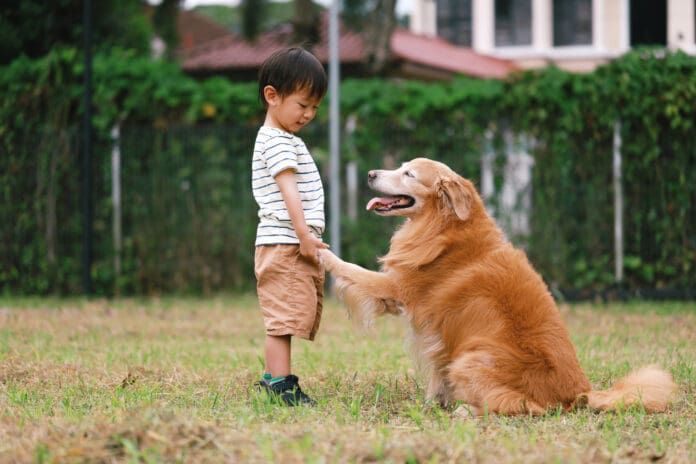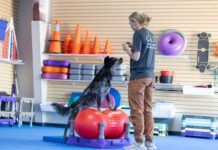In the curriculum of “Dog Training 101,” we start with figuring out what your dog wants for a reward. Most dogs will do anything for a yummy snack. Others have a special toy or tug that they can’t resist. It doesn’t matter what it is if your dog is crazy about the reward. Because, just like you, your dog wants to be paid for his work.
Dog Training for Beginners
Food is easy. You probably already know what your dog just loves. And be sure you have plenty of that treat on hand. Remember to give him small bites at a time. He’d rather get a half ounce of turkey in three bites than one. So, if he does something super, he gets three little treats.
If your dog is not food-motivated, your first job is to figure out what motivates and excites him. Maybe it’s a favorite toy he likes to have tossed or tugged with. It might be as simple as excited accolades from you. You must figure this out before trying to teach anything. There must be something in it for them.
It’s important to ensure the dog remains engaged and happy and that sessions end on a good note (in other words, quit sooner, not later). Practice every day, even if the session is short. There’s nothing wrong with a five-minute training session.
It’s important to ensure the dog remains engaged and happy and that sessions end on a good note (quit sooner, not later). Practice every day, even if the session is shorter.
Never:
-Get impatient, angry, or frustrated
-Force your dog’s behavior
-Reward your dog for the wrong behavior
-Introduce too many tricks at once
Always:
-Keep sessions short; 10 minutes or less
-Use rewards that are high value to the dog
-Work in a quiet, distraction-free environment
-Be consistent in what you ask and what you reward
Once you’ve got that figured out, dog training at home starts with teaching the trick a little bit at a time, which is called “shaping.”
Shape the Trick
When teaching dogs tricks, shape the behavior, rather than demand, bribe, force, manipulate, or coax. Shaping behaviors requires patience and plenty of time allotted for your first few sessions. When behaviors are shaped and not forced the behavior becomes your dog’s choice. It makes your dog your partner or teammate in a game, not a servant. Shaping creates an interested, engaged, thinking, interactive, and motivated dog.
So how do you shape a behavior? Basically, you wait until the dog offers on his own something (anything!) resembling what you’re after, and you pay that.
Teaching your dog to shake is a good example of how to shape a behavior. Start by sitting with your dog sitting facing you. Have a treat hidden in your hand. Hold your closed hand toward your dog, palm up. Don’t say anything. Many dogs will naturally paw at the hand to try to get the cookie. If/when he touches your hand with his paw say, “Yes!” and give him the cookie.
Note: Take it off your palm with your other hand and give it to him with your other hand. Don’t just open your “shaking” hand and let him eat it.
Repeat this step until you’re confident he understands what he needs to do to get paid. Then wait a few seconds before rewarding while he keeps his paw on your hand. Gradually increase length of time with paw on your hand before rewarding. Once he fully understands he must keep his paw on your hand (as opposed to pawing or scratching at you) to get paid, you can add the word. To do this, start your regular routine and as he starts bringing his paw toward your hand simply say, “Shake.” This will attach a verbal cue to the desired behavior. Don’t forget to say “yes” and reward as usual for each advancement.
Proofing Dog Training
Eventually, you can turn your hand sideways if you prefer, like you would to shake a human’s hand. Once you’ve shaped that added behavior, you can add the up and down motion of a handshake.
As your dog becomes confident and proficient at doing “shake,” you can very gradually add some distractions, like practicing in different areas or when another person is around. This is proofing dog training.
You can teach other easy and fun tricks using this shaping method. Remember, teach one trick at a time, keep your sessions short, keep your patience long, and no matter what, you should both have fun!






